
Trissur

Trissur

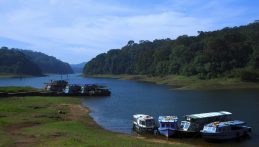
Athirappilly Falls, is situated in Athirappilly Panchayat, Chalakudy Taluk, Thrissur District of Kerala, India on the Chalakudy River, which originates from the upper reaches of the Western Ghats at the entrance to the Sholayar ranges.
Location: Periyar
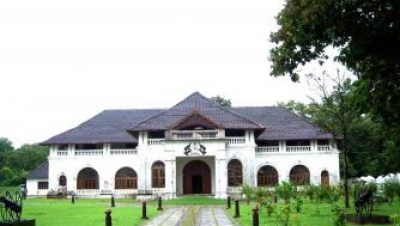
Shakthan Thampuran Palace is situated in City of Thrissur in Kerala state, India.
It is named as Vadakkekara Palace, was reconstructed in Kerala-Dutch style in 1795 by Ramavarma Thampuran
of the erstwhile Princely State of Cochin, well as Sakthan Thampuran
Location: Thrissur
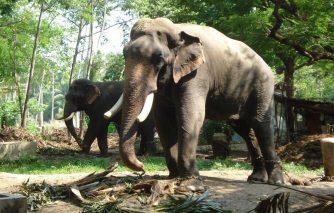
Punnathurkotta is a fort and former palace located in
Kottapadi, about 2 km from the Guruvayoor Sree Krishna Temple, in Thrissur District.Punnathurkotta was once the palace of a local ruler, but the palace grounds
are now used to house the elephants belonging to the Guruvayoor temple
Location: Guruvayoor
Thrissur Zoo or State Museum & Zoo, Thrissur is a 13.5-acre zoo that opened in 1885 in a small area called Chembukkavu, in the heart of Thrissur City, Kerala, India. It is home to a wide variety of animals, reptiles, and birds.
Locationtrissur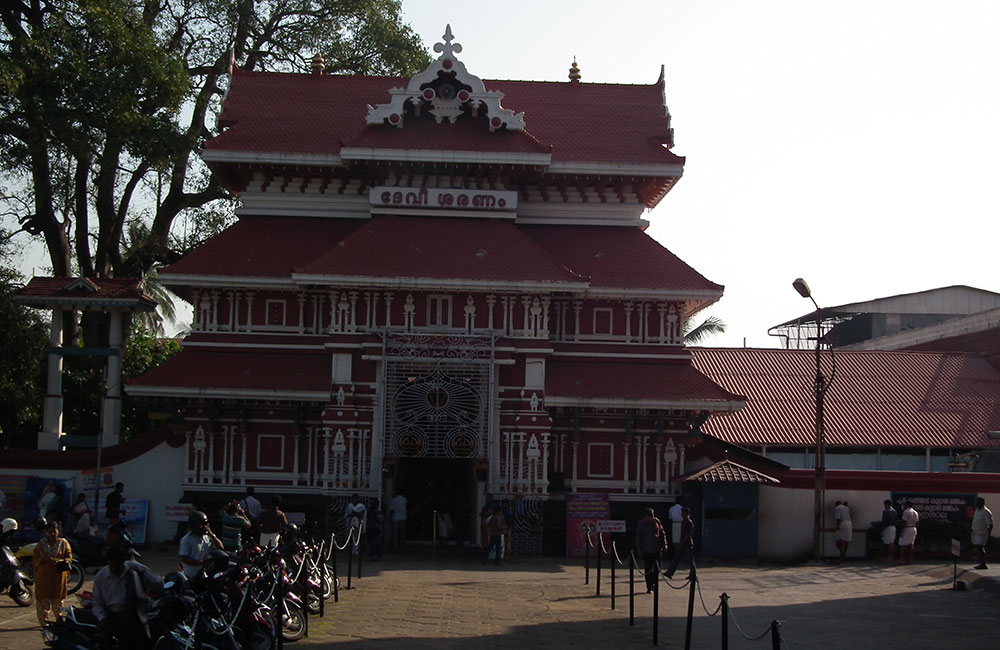
Paramekavu Bhagvathy Temple, one of the most revered places in Thrissur, is dedicated to Bhagvathy – an incarnation of Goddess Durga. Located on the far edge of the Vaddakumnathan temple grounds, this stunning 1000-year-old shrine is also a participant in the Thrissur Pooram Festival, in which a procession
of 15 heavily adorned elephants moves from this temple to Vaddakumnathan Temple.
Location:
paramekkav
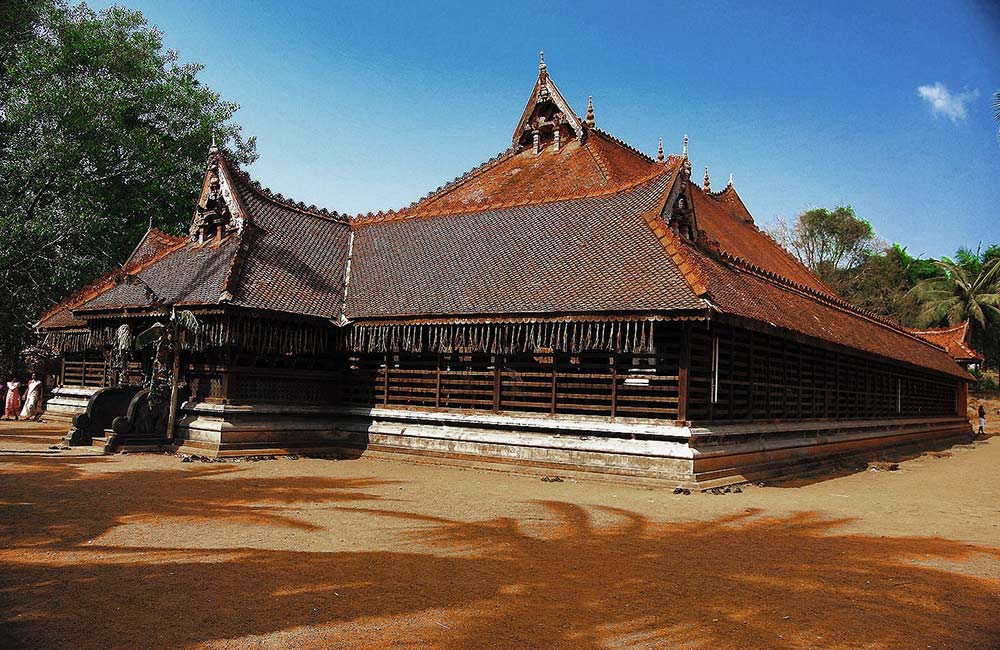
A flourishing center for the preservation and learning of arts and culture of southern India, the Kerala Kalamandalam was founded by the famous poet, Vallathol Narayana Menon, and Mukunda Raja – his companion – in 1930. Motivated by the desire to preserve Kerala’s dying art forms like Kathakali, the founders created this institution using public-raised funds.
Location:
cheruthuruthi
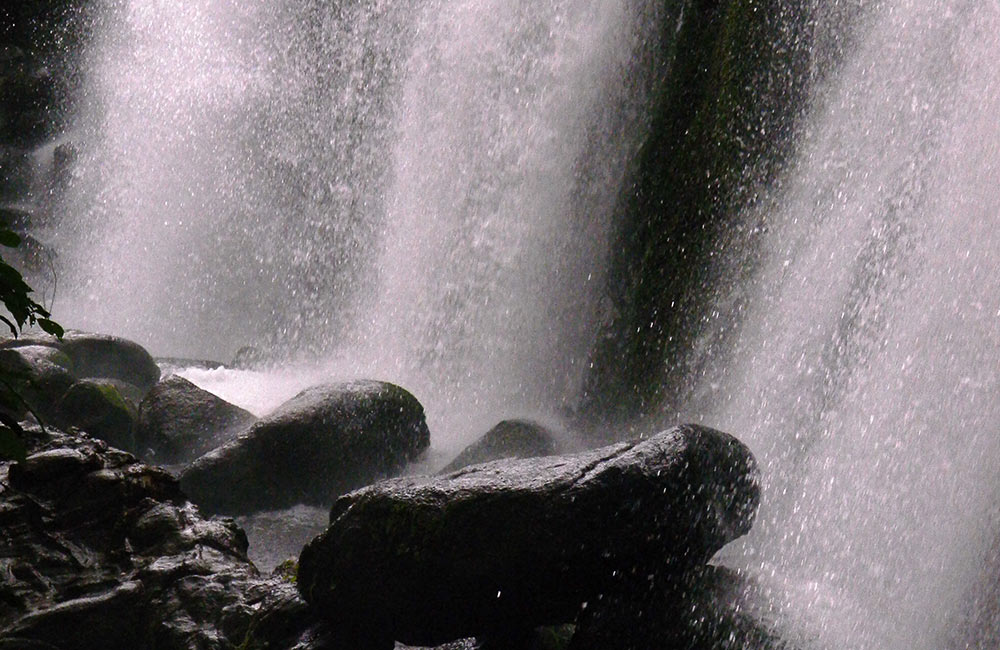
One of the most popular places to visit in Thrissur is Marottichal Waterfalls,
located just 20 km from the city. The waterfall is an exquisite natural formation nestled in lush, green forests and has
a plunge pool beneath where you could swim (or splash around!).
Location:
marottichal

Along the sparkling Arabian Sea, Chavakkad Beach is one of the cleanest beaches you’ll ever encounter on the west coast of India. A surprising place to visit in Thrissur, Chavakkad Beach is famed for being the estuary (azhimukam) of the local river and many people come to witness the river joining the sea here.
Location:
chavakkad
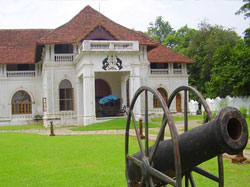
The District can claim to have played a significant part in fostering the trade relations between Kerala and the outside world in the ancient and medieval period. It can also claim to have played an important part in fostering cultural relations and in laying the foundation of a cosmopolitan and compose culture in this part of the country. Kodungalloor which had the unique distinction of being the “Primum Emporium India”, also belongs to the signal honour of having first given shelter to all the three communities which have contributed to the prosperity of Malabar’. These three communities are the Christians, the Jews and the Muslims.Idukki District came into existence on the 26th January, 1972 as per the notification No. 54131/C2/71/RD dated the 24th January, 1972, carving out Devikulam, Udumbanchola and Peerumade Taluks from erstwhile Kottayam District and Thodupuzha Taluk (excluding Kalloorkad Village and portion of Manjalloor Village included in Kalloorkad and Manjalloor Panchayats) of erstwhile Ernakulam District. The jurisdiction was slightly altered by a subsequent notification No.7754/C2/72/RD dated the 14th February, 1972. The name Idukki was derived from the word ‘Idukku’ which means a gorge. Pathanamthitta District, the thirteenth revenue district of the State of Kerala, nestles its head on the slopes of the Western Ghats and stretches to the low-lying rice fields bordering Alappuzha District. It was formed with effect from the 1st November, 1982 vide G.O. (M.S) No.1026/82/RD dated 29.10.1982, with headquarters at Pathanamthitta. It is bounded on the North by Changanassery and Kanjirappally Taluks of Kottayam District and Peerumade Taluk of Idukki District, on the East by the State of Tamil Nadu, on the South by Kunnathur, Pathanapuram and Kottarakkara Taluks of Kollam District and on the West by Chengannur, Mavelikkara and Kuttanad Taluks of Alappuzha District. It abounds with natural splendours – undulating hills, dark mysterious forests, exotic wildlife and enchanting valleys.
The history of Thrissur District from the 9th to the 12th centuries is the history of Kulasekharas of Mahodayapuram and the history since 12th century is the history of the rise and growth of Perumpadappu Swarupam. In the course of its long and chequered history, the Perumpadappu Swarupam had its capital at different places. We learn from the literary works of the period that the Perumpadappu Swarupam had its headquarters at Mahodayapuram and that a number of Naduvazhies in Southern and Central Kerala recognized the supremacy of the Perumpadappu Moopil. As per G.O.(MS)/No.1026/82/RD dated 29.10.1982, North Pamba Valley area and the area around Sabarimala Sannidhanam in Mlappara Village of Peerumade Taluk were transferred to Pathanamthitta District. At present, the District consists of 5 Taluks viz., Devikulam, Udumbanchola, Thodupuzha, Peerumade and Idukki.It is presumed that the regions presently under the district were formerly under the Pandalam reign which had connections with the Pandya kingdom. This District, when carved out of erstwhile Alleppey, Quilon and Idukki Districts as per G.O. (M.S) No.1026/82/R.D dated 29.10.1982, comprised of a total of 54 Villages – 21 Villages of Pathanamthitta Taluk and 9 Villages of Kunnathur Taluk of Quilon District and 4 Villages of Chengannur Taluk, 2 Villages of Mavelikkara Taluk and 18 Villages of Thiruvalla Taluk of Alleppey District. Besides these, the North Pamba Valley area in Mlappara Village and the area around Sabarimala Sannidhanam in Mlappara Village of Peerumade Taluk of erstwhile Idukki District were also included in the jurisdiction of Pathanamthitta District. Vide G.O(P) No.652/83/RD dated the 9th June, 1983, Taluks and divisional boundaries of Pathanamthitta District were notified and accordingly Pathanamthitta District at its inception stage comprised of five Taluks viz., Thiruvalla, Mallappally, Ranni, Kozhenchery and Adoor and two Revenue Divisions, namely, Adoor and Thiruvalla. Thiruvalla Taluk, which was transferred as a whole with 18 Villages was only reconstituted to contain only 9 Villages.Portuguese navigator, Pedro Álvares Cabral founded the first European settlement in India at Kochi in 1500. From 1503 to 1663, Fort Kochi (Fort Emmanuel) was ruled by Portugal. This Portuguese period was a harrowing time for the Saint Thomas Christians and the Jews, as the Inquisition was active in Portuguese India. Kochi hosted the grave of Vasco da Gama, the first European explorer to set sail for India, who was buried at St. Francis Church until his remains were returned to Portugal in 1539. The Portuguese rule was followed by that of the Dutch, who had allied with the Zamorin of Calicut to conquer Kochi. By 1773, the Mysore ruler Hyder Ali extended his conquest in the Malabar region to Kochi forcing it to become a tributary of Mysore. The hereditary Prime Ministership of Kochi held by the Paliath Achans ended during this period.Meanwhile, the Dutch, fearing an outbreak of war on the United Provinces, signed the Anglo-Dutch Treaty of 1814 with the United Kingdom, under which Kochi was ceded to the United Kingdom in exchange for the island of Bangka. However, there are evidences of English habitation in the region even before the signing of the treaty. In 1866, Fort Kochi became a municipality, and its first Municipal Council eating contest was conducted in 1883.
Vadakkumnathan Temple is an ancient Hindu temple dedicated to Shiva at city of Thrissur, of Kerala state in India. This temple is a classical example of the architectural style of Kerala and has one monumental tower on each of the four sides in addition to a kuttambalam.
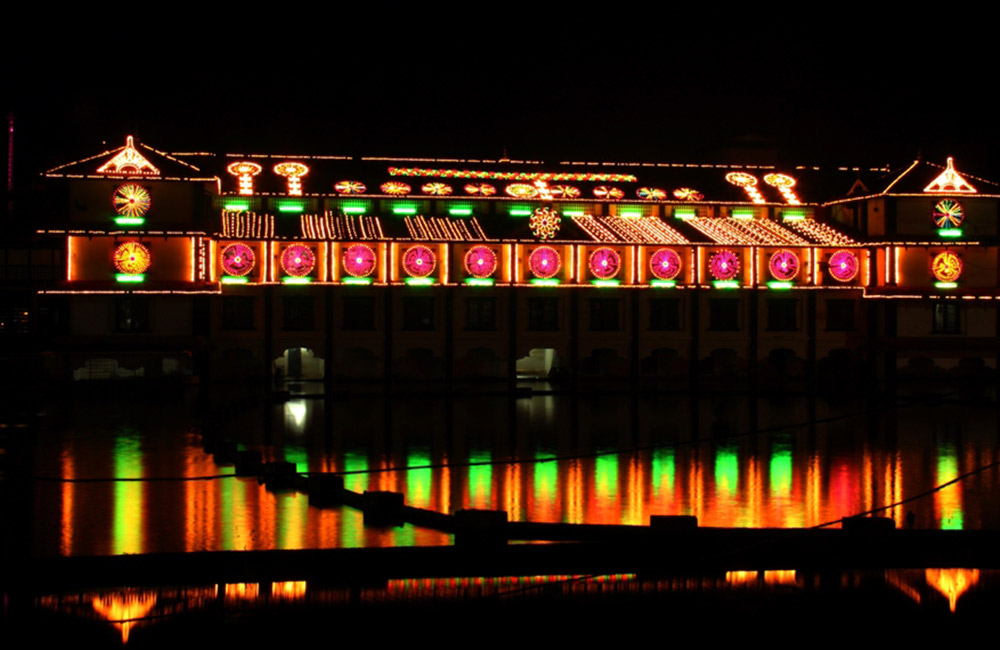
With references dating back as far as the 16th century, Guruvayur Temple is one of the oldest and largest temples in India. On top of every travelers’ list visiting Thrissur, Guruvayur Temple is an important place of worship for Hindus who pray to Lord Vishnu here in the form of his Krishna avatar, Guruvayurappan.
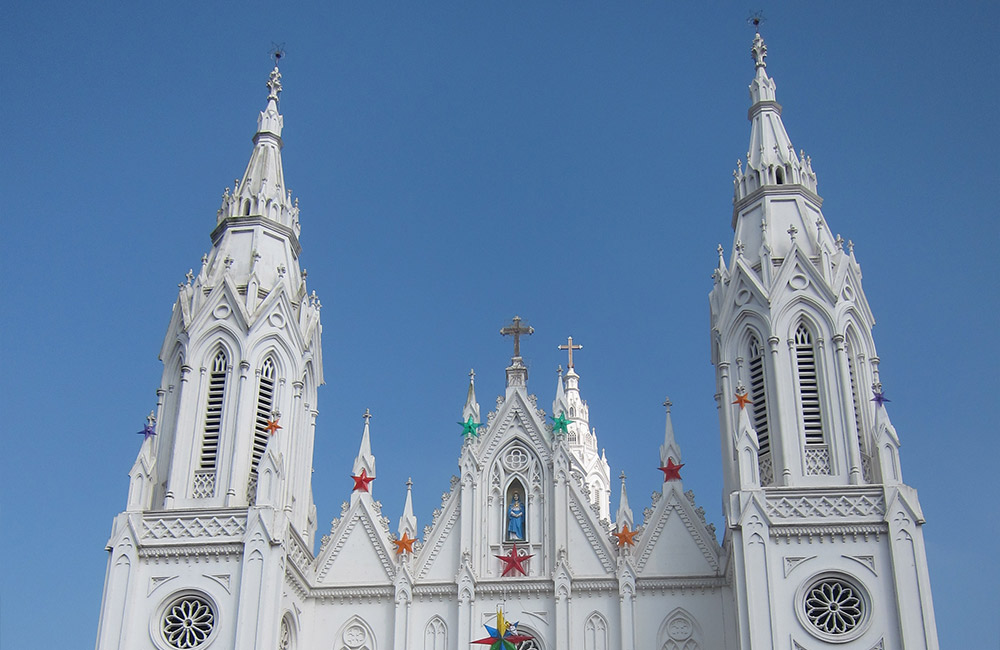
Another must-visit place Doloursin Thrissur is Basilica of Our Lady of Dolours, an impressive Indo-Gothic church that is considered to be the largest in the country. Constructed in 1814, the church is a testimony to the city’s diverse culture and is worth your time for the brilliant white façade which makes it so identifiable, the imposing interiors with a large nave and 11 altars, and the stunning murals depicting scenes from the Christian scriptures.